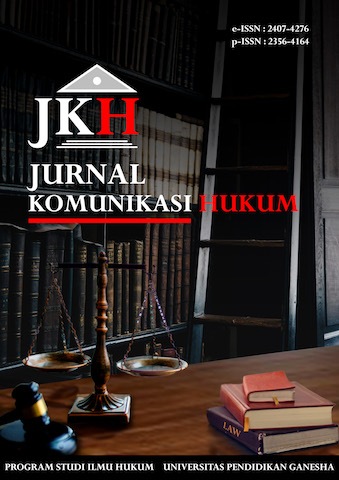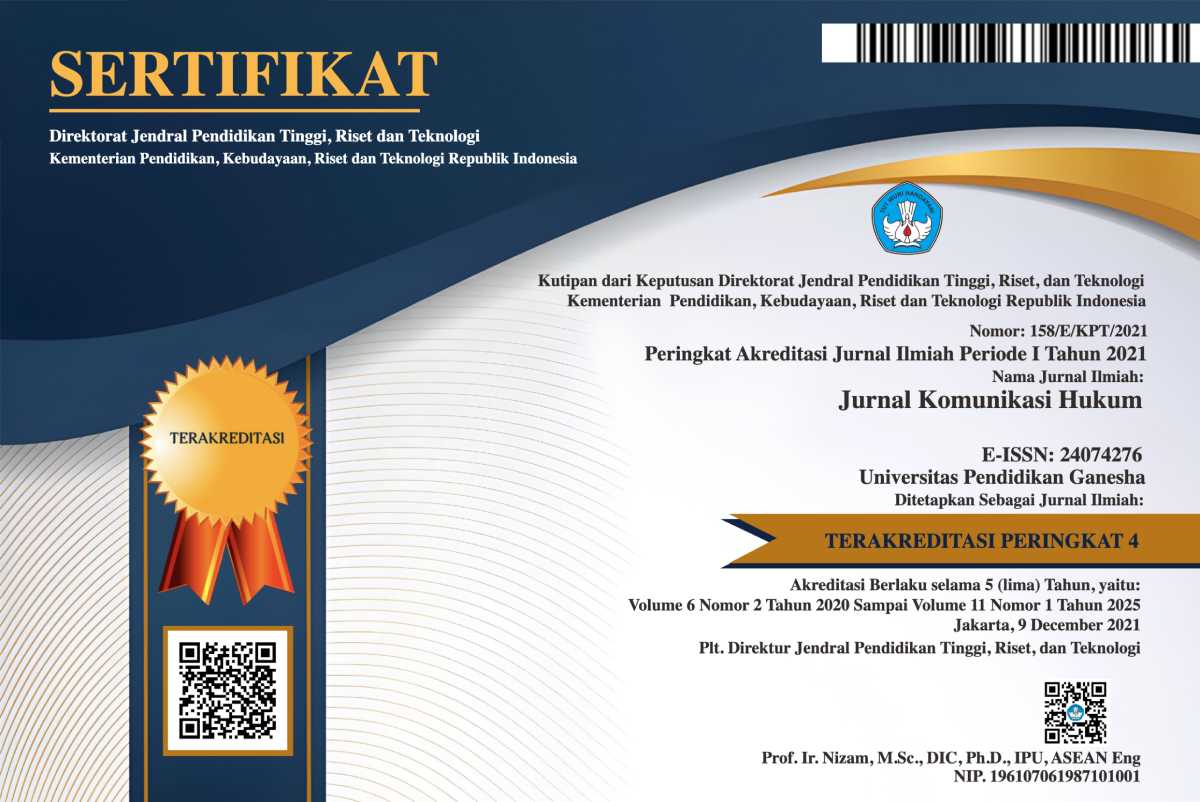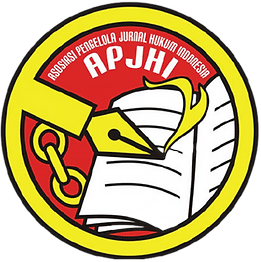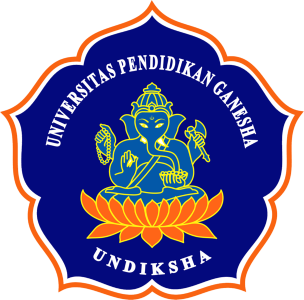JURIDICAL ANALYSIS OF POLYANDRY MARRIAGES REVIEWED FROM LAW NUMBER 1 OF 1974 ON MARRIAGE
DOI:
https://doi.org/10.23887/jkh.v8i2.47083Abstract
This legal research aims to determine the juridical analysis of polyandry marriages in terms of Law Number 1 of 1974 concerning Marriage. This research is a juridical-normative legal research. The research approach used is a statutory approach. The types of legal materials used are primary legal materials and secondary legal materials. The data collection technique used is a literature study technique. Furthermore, using data processing techniques that are deductive and analyzed using content analysis. The results showed that polyandry marriages are part of polygamy just like polygyny, but polyandry marriages are prohibited in Indonesia, while polygynous marriages are permitted under certain conditions. However, even so, polyandry marriages also still occur, although very rarely, which is caused by several factors, namely economic factors, distance factors and the unfulfilled inner living, age factors, lack of family harmony, lack of faith and weak understanding of religion as social control. and cultural factors. Based on a juridical analysis of Law Number 1 of 1974 concerning Marriage, it is not found any article that regulates permission for women or wives to have more than one husband or permission to do polyandry. The practice of polyandry is prohibited in Indonesia because it can have several impacts, namely the impact on offspring and the impact on the parties.
Downloads
Published
How to Cite
Issue
Section
License
Authors who publish with this journal agree to the following terms:- Authors retain copyright and grant the journal right of first publication with the work simultaneously licensed under a Creative Commons Attribution License that allows others to share the work with an acknowledgement of the work's authorship and initial publication in this journal.
- Authors are able to enter into separate, additional contractual arrangements for the non-exclusive distribution of the journal's published version of the work (e.g., post it to an institutional repository or publish it in a book), with an acknowledgement of its initial publication in this journal.
- Authors are permitted and encouraged to post their work online (e.g., in institutional repositories or on their website) prior to and during the submission process, as it can lead to productive exchanges, as well as earlier and greater citation of published work (See The Effect of Open Access).
Authors who publish with this journal agree to the following terms:
- Authors retain copyright and grant the journal right of first publication, with the work [SPECIFY PERIOD OF TIME] after publication simultaneously licensed under aCreative Commons Attribution License that allows others to share the work with an acknowledgement of the work's authorship and initial publication in this journal.
- Authors are able to enter into separate, additional contractual arrangements for the non-exclusive distribution of the journal's published version of the work (e.g., post it to an institutional repository or publish it in a book), with an acknowledgement of its initial publication in this journal.
- Authors are permitted and encouraged to post their work online (e.g., in institutional repositories or on their website) prior to and during the submission process, as it can lead to productive exchanges, as well as earlier and greater citation of published work (See The Effect of Open Access).












